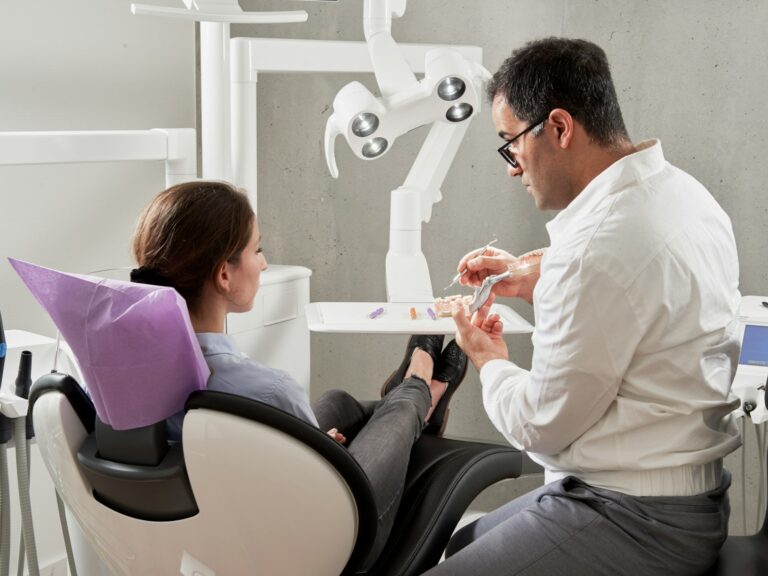
Choosing the right toothbrush is essential for maintaining good oral hygiene. With a wide variety of toothbrushes available in stores and online, it can be confusing to decide which one best suits your needs. A proper toothbrush helps remove plaque, prevent gum disease, and keep your teeth clean and healthy. This essay outlines the key factors to consider when selecting the right toothbrush. If you don’t brush enough you could end up needing a dental implant Lemont.
1. Bristle Type
The most important feature to consider is the bristle type. Toothbrushes generally come with soft, medium, or hard bristles. Dentists typically recommend soft bristles because they are gentle on gums and effective at cleaning teeth without causing damage. Medium or hard bristles can wear down enamel and irritate the gums, especially if you brush too vigorously.
2. Toothbrush Head Size
Toothbrush heads come in different sizes. A small to medium-sized head is usually best, as it can reach all areas of the mouth more easily, including the back teeth. Children and people with smaller mouths should look for smaller heads to ensure comfort and proper reach. A toothbrush head that is too large can make it difficult to clean effectively.
3. Handle Design
The handle of the toothbrush should be comfortable and easy to grip. Some toothbrushes have non-slip grips or flexible necks to help improve control during brushing. For people with limited hand mobility or arthritis, larger or specially designed handles can make brushing easier and more effective.
4. Manual vs. Electric
Both manual and electric toothbrushes can be effective if used properly. Electric toothbrushes may be more helpful for people who struggle with brushing thoroughly, such as children, elderly individuals, or those with limited dexterity. Many electric models have timers and pressure sensors to guide proper brushing. However, manual toothbrushes are more affordable and portable, and they work just as well when used with the correct technique.
5. ADA Seal of Approval
Look for the American Dental Association (ADA) Seal of Approval when choosing a toothbrush. This seal means the toothbrush has been tested for safety and effectiveness by dental experts. Products with the ADA seal meet high standards and are proven to help maintain oral health.
6. Replacement Frequency
Regardless of the type of toothbrush you choose, it should be replaced every three to four months, or sooner if the bristles become frayed. Worn-out bristles are less effective at cleaning and may even damage your gums.
Choosing the right toothbrush involves considering factors such as bristle type, head size, handle design, and whether to go manual or electric. It is also important to choose a brush with the ADA seal and to replace it regularly. A good toothbrush, combined with proper brushing techniques and regular dental check-ups, plays a vital role in keeping your mouth healthy and your smile bright.




